Facebook blocks Kashmir magazine's page, deletes cover of issue
Social networking website blocks Kashmir Ink page for 'not following community standards'
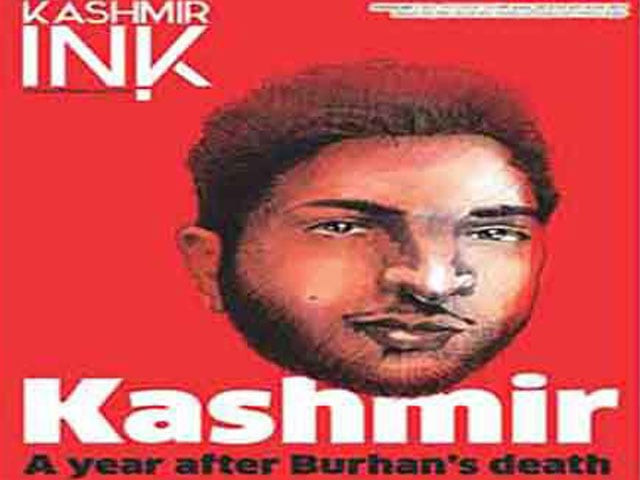
The social networking website blocked Kashmir Ink page for allegedly not following community standards. PHOTO: KASHMIR INK
Kashmir Ink, a sister publication of the valley’s leading English daily Greater Kashmir, had shared the cover of their latest issue with a sketch of Wani with the headline: “Kashmir: A year after Burhan’s death”. Indian forces had killed Wani during an encounter on July 8, 2016 following which massive protests and prolonged curfews created unrest in the disputed region.
A Hindustan Times report said the social networking website blocked the magazine page for not “following community standards”.
Clashes in Indian-held Kashmir marks Burhan Wani's death anniversary
“The issue, as is evident from the cover, talks about the current situation in held Kashmir after a year of an incident which rattled the valley. And whose ripples refuse to ebb still,” said political cartoonist Suhail H Naqshbandi, who drew Wani’s sketch for the magazine cover. According to him, “some ignoramus folks” reported the post to Facebook officials who later decided to censor it.
A message from Facebook said the temporary block would last for 24 hours, and “you won’t be able to post on Facebook until it’s finished”. “We removed the post below because it doesn’t follow the Facebook Community Standards,” the Facebook message said.
“This is completely unjustified,” said Majid Maqbool, Executive Editor Kashmir Ink, adding that Facebook did not give any prior intimation before taking the extreme step. “We had Burhan Wani on our front cover earlier in the year as well, but the official Facebook page was not blocked nor was the cover image removed”, he continued.
Indian troops kill 11, including Burhan Wani's successor, in IOK
Maqbool demanded that the official page of the magazine should be restored soon so its online readers were able to see and access the latest issue.
India on Saturday imposed a widespread curfew, cut off all internet services and deployed thousands of troops in Kashmir as the Himalayan region marked the anniversary of Wani. The death of the 23-year-old, who had also built up a big following on social media, sparked an outpouring of grief and anger that spilt into the streets and led to months of clashes with Indian forces. Nearly 100 people died in the months that followed and many more sustained serious eye injuries from the pellet guns used by government forces to quell the protests.

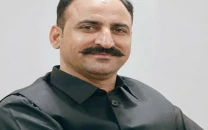
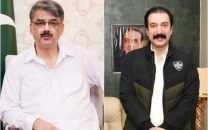
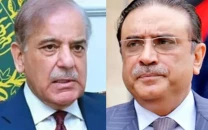
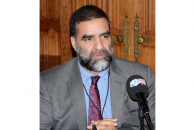
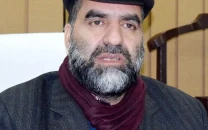
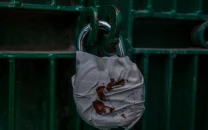












COMMENTS
Comments are moderated and generally will be posted if they are on-topic and not abusive.
For more information, please see our Comments FAQ